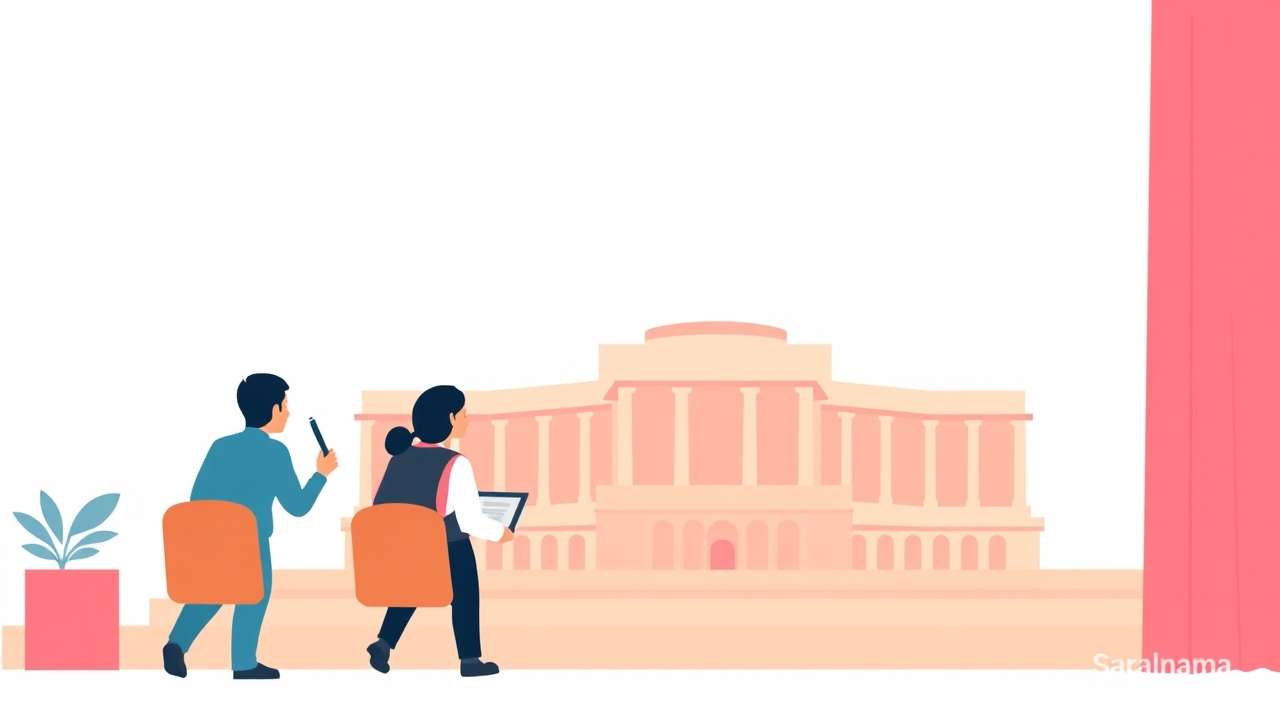The Supreme Court has approved a major reform by the Union Public Service Commission regarding the Civil Services Preliminary Examination. The Court bench led by Justices PS Narasimha and AS Chandurkar disposed of petitions that challenged the earlier practice of delayed answer key disclosure. The UPSC will now release provisional answer keys immediately after the exam, allowing candidates to raise objections before results are finalized. This decision addresses long-standing concerns about fairness and transparency. Civil services aspirants Vidushi Pandey and Himanshu Kumar had filed petitions seeking timely publication of answer keys, cut-off marks, and scores, arguing that delays prevented candidates from evaluating their performance. The Court recognized the UPSC's revised mechanism as a well-considered step that balances accountability with the Commission's constitutional responsibilities. Senior advocate Kapil Sibal represented the petitioners, highlighting that wrong questions had cost aspirants valuable years.

New Process for Answer Key Publication and Challenges
Under the approved mechanism, candidates can challenge provisional answer keys after the preliminary examination. Each objection must be supported by at least three authoritative sources. A panel of subject experts will review all objections and finalize the answer keys accordingly. However, the final answer keys will only be published after the declaration of final results. The Supreme Court noted that this revised approach effectively addresses candidates' grievances while maintaining the UPSC's functioning principles of fairness, accountability, and transparency. The bench observed that the Commission's new affidavit reflected a conscious and well-considered decision, marking the end of the old policy of delayed disclosure that had been contested through multiple petitions.
Source: Link
